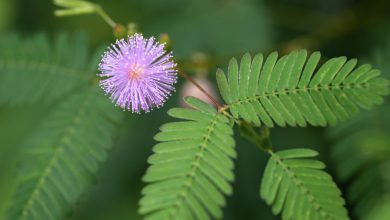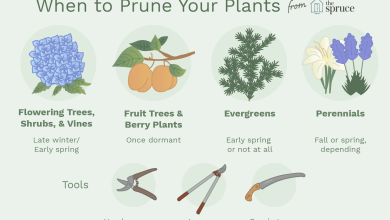White Thistle: [Cultivation, Irrigation, Care, Pests and Diseases]
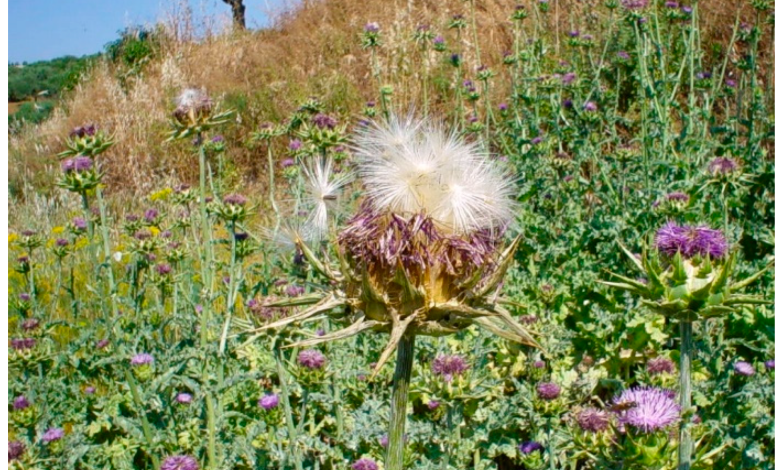
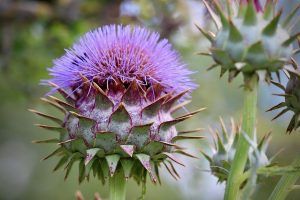 The Cynara cardunculus is a species native to Europe, North Africa and western Turkey. However, it is not only an ornamental plant, it is also a vegetable of economic importance and with beneficial substances for health.
The Cynara cardunculus is a species native to Europe, North Africa and western Turkey. However, it is not only an ornamental plant, it is also a vegetable of economic importance and with beneficial substances for health.
The so-called white thistle is a plant known since ancient times. It was very popular within Greek, Roman and Persian cuisine, even during medieval and modern times. However, its consumption decreased in the 19th century.
It has now been integrated back into vegetables. However, little by little, it regains its former popularity as it was chosen by the Royal Horticultural Society as one of the best plants of the last 200 years.
Artichokes were introduced to the French court when Catherine de’ Medici married Henry II and they were served on their wedding night due to their fame as an aphrodisiac food.
Important points when planting a white thistle:
- Scientific name: Cynara cardunculus.
- Common Name: White Thistle, Artichoke Thistle, Reef Thistle, Edible Thistle, Common Thistle, Full White, Ivory White of Asti.
- Height: 2 meters.
- Light requirement: Direct light.
- Temperature: Warm and temperate climates (15ºC and 18ºC).
- Irrigation: Moderate.
- Fertilizer: Organic fertilizer.
What characteristics does white thistle have?
The white thistle is a perennial plant that dies in the fall but is reborn in the spring thanks to the roots that remain buried. It generally reaches a height of between 1.50 to 2 meters in height when it is in the flowering period.
Its leaves are large, reaching 1 meter in length. They are bluish-green in color and have a highly developed main nerve. The stem leaves are smaller, greenish and whitish inside. They have spines along the stem.

They generally have a dark green color, but if they come from cultivation, they turn white during the later stages of development. When the leaves are blanched, their texture becomes crunchy and tender, reducing their bitter taste to a more delicate and sweet one.
White thistle flowers, on the other hand, are small, compound, and lilac in color. These are grouped in compact ovoid-shaped chapters covered with spiny bract leaves. The tender chapters can be prepared like artichokes.
When to sow white thistle?
The sowing of this plant begins in January to plant it outside during the months of April or May.
Where to plant white thistle?
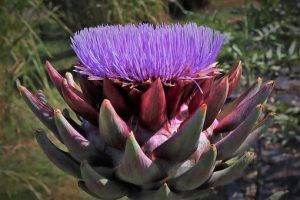 White thistle is typical of Mediterranean climates, temperate climates with cool summers and mild winters. In fact, the optimum temperature to grow it is between 15ºC and 18ºC.
White thistle is typical of Mediterranean climates, temperate climates with cool summers and mild winters. In fact, the optimum temperature to grow it is between 15ºC and 18ºC.
Regarding the location, it will be necessary to set aside a space of approximately 1 square meter in which it has enough space to spread out, without the obstruction of other plants in the garden.
Also, although it tolerates partial shade, it should be located in such a way that it can receive direct sunlight throughout the day and that it is also protected from strong winds.
In the event that the cultivation area is outside the ideal climate, a protection mesh should be placed to protect it from the most aggressive winters.
How to prepare the land?
It is recommended to sow white thistle in moist, fertile, well-drained and well-prepared substrates. In case of having very clayey soils, it would be useful to add a part of organic matter and sand to increase its permeability and aeration.
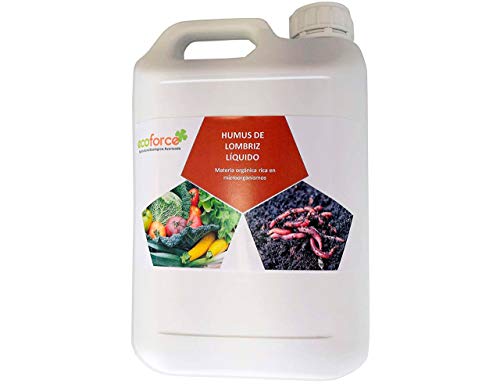
So that the land is well prepared, the soil of the garden must be removed. If it is going to be cultivated as a vegetable, the task should extend up to 45 centimeters deep, and then the land will have to be enriched with organic matter such as manure, compost, or humus.

On the other hand, it is advisable to fertilize the land again, during the middle of the season, so that the white thistle stems grow and are fleshy and wide.
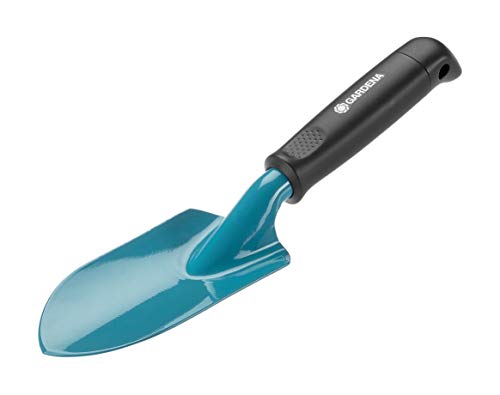
How do we water white thistle?
The also called artichoke needs constant watering due to its great development and its great perspiration. Each watering should provide the necessary amount to moisten the root system, but without flooding.
How often do we water the white thistle?
Sometimes, the watering of the white thistle becomes variable. However, something that should not change is irrigation immediately after planting. Afterwards, they should be applied every 8 or 10 days, depending on the conditions of each site.

How to plant a white thistle step by step?
White thistle is grown primarily from seed. It can be done directly in the ground, or grown in small pots and then transplanted into the garden. Here are the instructions:
- Sow 3 to 5 seeds in pots 7 centimeters in diameter with moist substrate, indoors.
- Place them under glass, or in a cold frame, for 6 to 8 weeks before planting them in the garden and keep the substrate moist.
- When the seedlings have grown, transplant them into a pot more suitable for their size and wait until the last possible frost has passed.
- Transplant to the garden, to the previously designated and prepared area during the last weeks of May.
In order for white thistle to have an edible use, the growing area must be prepared at the same time that the seeds are planted and the steps for sowing the ornamental plants must be followed.
What care does the white thistle need?
White thistle can be used as a vegetable plant before it flowers. As soon as its cocoon hardens, it will no longer be suitable for use in the kitchen.
To whiten the leaves, all the leaves of the plant must be grouped on the central axis of the same and tied with thread. Then they should be covered with soil, paper or black plastic, to prevent the passage of light. Wait 3 to 4 weeks to consume.

Cynara cardunculus is a species that has come to be classified as invasive in some countries of the world. Therefore, before planting it, it will be important to review the corresponding laws to avoid any problem of invasion.
What pests and diseases affect white thistle?
White thistle is a pest resistant plant. However, it can sometimes be attacked by aphids, snails, slugs and black flies.

Regarding diseases, gray mold, powdery mildew and root rot can occur.
References
- https://www.researchgate.net/publication/340497958_Cynara_cardunculus_L_Outgoing_and_potential_trends_of_phytochemical_industrial_nutritive_and_medicinal_merits
- http://dehesa.unex.es/bitstream/10662/486/1/TDUEX_2013_Ordiales_Rey.pdf
- https://dspace.uib.es/xmlui/bitstream/handle/11201/2780/TFG_GBIQ_YoussefAhmiane.pdf?sequence=1&isAllowed=y
- http://floradelariberanavarra.blogspot.com/2014/12/cynara-cardunculus-l-cardo-de-comer.html
- https://www.guiaverde.com/guia-de-plantas/cynara-cardunculus-3064/
- https://www.lavanguardia.com/comer/materia-prima/20200321/474268934629/alcachofas-temporada-recetas-ligeras-sabrosas.html
- https://www.seedaholic.com/cynara-cardunculus-cardoon.html

![Photo of The Pelargonium: [Planting, Care, Irrigation and Substrate]](https://www.complete-gardening.com/wp-content/uploads/2022/08/the-pelargonium-planting-care-irrigation-and-substrate-390x220.jpg)
![Photo of Reproduction by Cuttings: What is it? How does it work? [Guide]](https://www.complete-gardening.com/wp-content/uploads/2022/08/reproduction-by-cuttings-what-is-it-how-does-it-work-guide-390x220.png)
